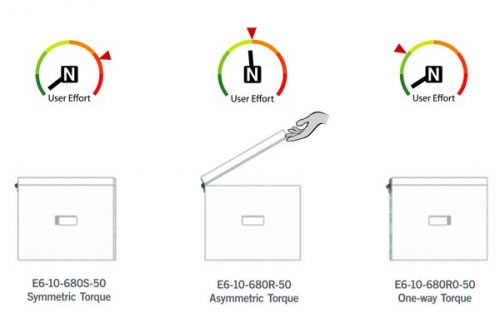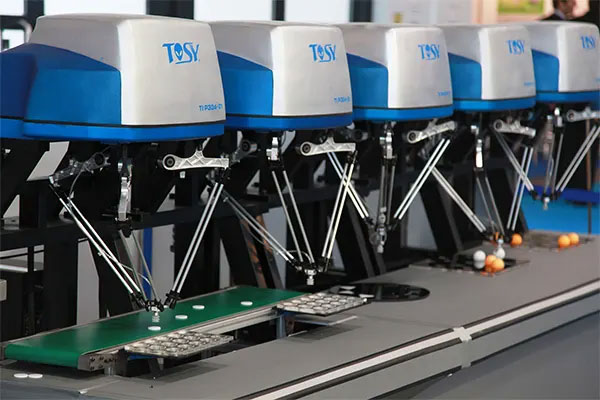Making the Case for Cable Ties in Solar
I can hook you up with a cable tie that'll perform for 40 years or more in harsh conditions. Or maybe it will only last half that long, or much less. Your call. Install it wrong, and its potential longevity is meaningless.
Southco: What is a Friction/Torque Hinge?
A torque hinge uses friction to control the movement of a door, lid, or other type of panel. It allows the panel to be held in any position along its range of motion, without additional hardware or support.
Against great odds: Solar power in the Antarctic
Temperatures below -89 °C, winds over 200 km/h, extreme variances in hours of sunlight, with up to 16 hours in the summer and only two during winter, pose tremendous challenges for both research teams and equipment.
Ensuring Solar Connector Safety & Performance Through High Quality Equipment & Proper Installation
There are countless decisions one needs to make when installing a new solar power system, many of which revolve around crucial cost and quality outcomes. The end user wants to save money where they can, but also wants to be sure they're getting the highest quality.
When High Temperature Meets Photovoltaic Systems
Through rigorous testing and verification with actual application data, Beny Microinverter BYM2800W performs exceptionally well in hot weather conditions. Even under an ambient temperature of 50 degrees Celsius, it can maintain 100% output power.
Six Common Questions About Power Supplies - Solved!
In this Allied Expert Advice article, Altech Corporation's Automation Product Manager, Laszlo Gyorgypal, answers six common questions about power supplies to help you select the best solution for your industrial automation application.
A Deep Dive Into Improving The ROI For Commercial PV Solar Systems
As with any investment, the two main ways to improve the ROI of a commercial PV system is to increase energy production (and therefore annual revenue) and decrease lifetime costs. Let's take a deeper look at how this can be done in commercial PV installations.
How Keeping It Simple Can Lower O&M Costs
To mitigate the increasing cost of running a utility-scale solar project, many owners and operators have switched their focus from CapEx to operations and maintenance (O&M).
Making Solar an Even Safer Investment
As more businesses, utilities, and state bodies look to solar energy to help them meet their carbon reduction goals and cut energy costs, safety is coming under ever more scrutiny.
Avoid Cross-mating of PV Connectors
Not only the selection of quality components but also their correct handling is crucial for the PV plant's profitability and safety. Therefore, it is essential to know and understand the technical impacts when installing and connecting the various elements.
The First PV Connectors for Harsh Environmental Conditions
Requirements for operating electrical installations in ambient temperatures over 70°C or at altitudes higher than 6,500 feet differ from the requirements for standard installations due to the different climate conditions.
Correct Use of Aluminum Core Cables in PV Systems
In PV systems, it is recommended to use copper core AC cables. If you need to use aluminum wires, pay attention to the transition method when connecting aluminum cables to copper wires or equipment with copper terminals.
The Top 10 Most Common Myths about Traditional DC Power Optimizers: Part 1
In this series, we'll debunk common misconceptions and shed some light on how performance is impacted by MLPE technologies.
How Silicon Carbide is Changing Solar Power Systems
Silicon carbide enables solar inverters to be lighter, smaller and more efficient. Using silicon carbide power components instead of silicon for solar inverters can save 10 megawatts for each gigawatt and 500 watts/sec in operations, representing significant energy savings.
Wire Management: Materials, New Module Geometries and the NEC
The trends with the biggest impact that we are seeing all revolve around the design of module frames. There are a number of module manufacturers who have reduced the length of the flange found on the underside of a typical module frame.
Records 1 to 15 of 22
Featured Product

Terrasmart - Reduce Risk and Accelerate Solar Installations
We push the limits in renewable energy, focusing on innovation to drive progress. Pioneering new solutions and ground-breaking technology, and smarter ways of working to make progress for our clients and the industry.














